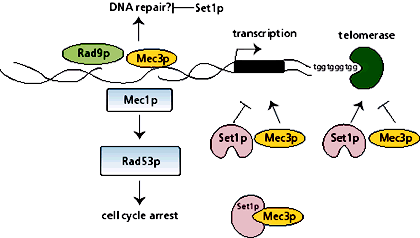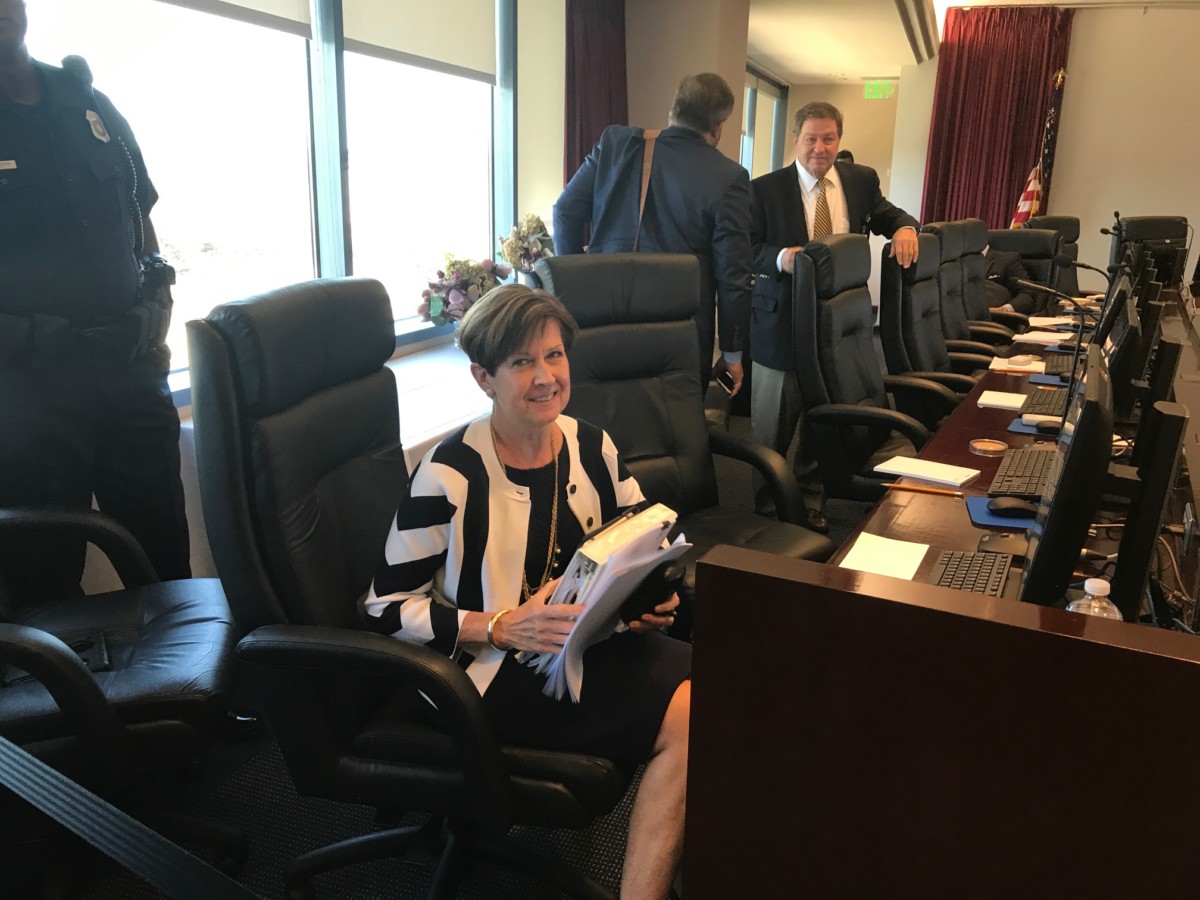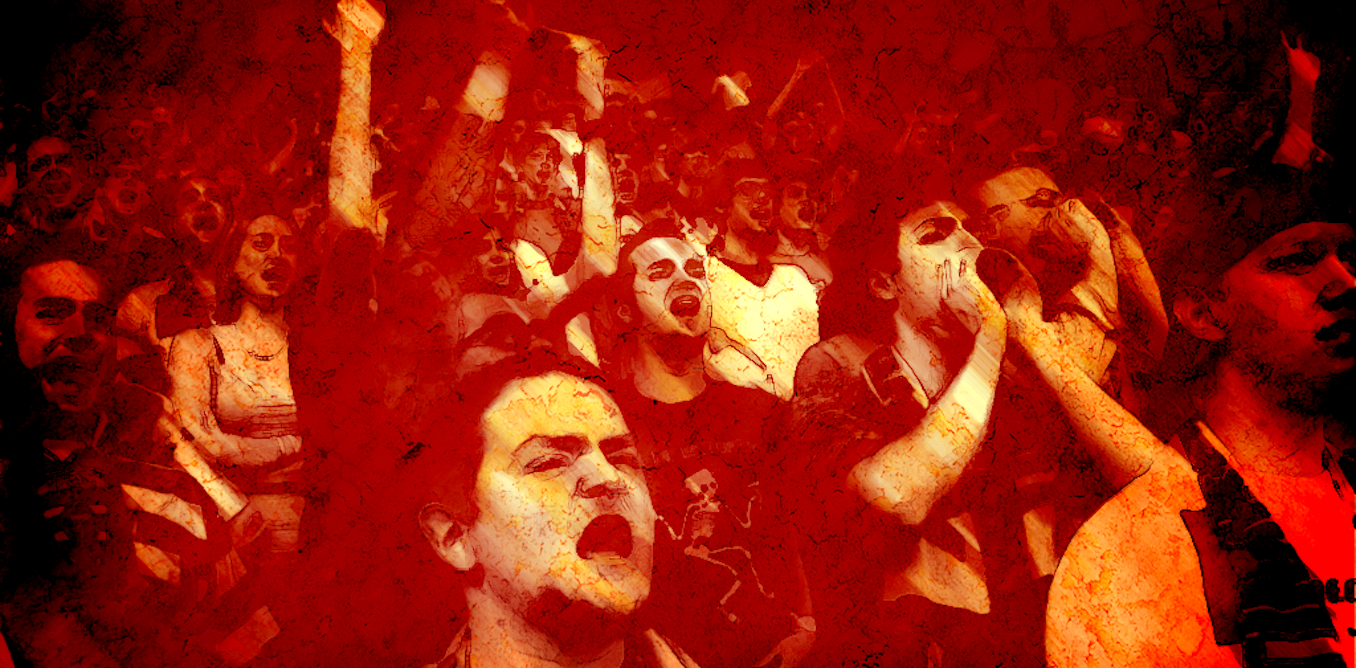
- Select a language for the TTS:
- UK English Female
- UK English Male
- US English Female
- US English Male
- Australian Female
- Australian Male
- Language selected: (auto detect) - EN
Play all audios:
Access through your institution Buy or subscribe A relationship between chromatin, telomeres and DNA-damage checkpoints seems inevitable. Chromatin packages the entire genome and must
therefore be the context in which telomere synthesis and recognition of DNA damage by checkpoints occurs. In fact, chromatin-associated proteins such as Rap1 mediate telomere function1,
although how they do so remains unclear. Less is known about how chromatin affects DNA repair and checkpoint controls. And, for telomere-checkpoint interactions, it is unclear why telomeres
avoid being recognized as DNA damage; one wonders if telomeres are masked by unique chromatin structure. Understanding the relationships between chromatin, telomeres and checkpoints
resembles the daunting task of understanding relationships between relatives experienced during the holidays; interactions are inevitable, but outcomes are often unpredictable and, to the
casual observer, incomprehensible. Our understanding of telomere-chromatin-checkpoint relationships, however, is slowly emerging, especially the telomere-chromatin interactions2,3. New clues
to relations between chromatin, telomeres and checkpoints are now reported by Yves Corda, Vera Schramke and colleagues in this issue of _Nature Genetics_4. This is a preview of subscription
content, access via your institution ACCESS OPTIONS Access through your institution Subscribe to this journal Receive 12 print issues and online access $209.00 per year only $17.42 per
issue Learn more Buy this article * Purchase on SpringerLink * Instant access to full article PDF Buy now Prices may be subject to local taxes which are calculated during checkout ADDITIONAL
ACCESS OPTIONS: * Log in * Learn about institutional subscriptions * Read our FAQs * Contact customer support REFERENCES * Shore, D. _ Biol. Chem._ 378, 591–597 (1997). CAS PubMed Google
Scholar * Lowell, J.I. & Pillus, L. _Cell. Mol. Life Sci._ 54, 32–49 (1998). Article CAS Google Scholar * Bertuch, A. & Lundblad, V. _Trends Cell Biol._ 8 , 339–342 (1998).
Article CAS Google Scholar * Corda, Y. _et al._ _Nature Genet._ 21, 204– 208 (1999). Article CAS Google Scholar * Lavin, M. & Shiloh, Y. _Ann. Rev. Immunol._ 15 , 177–202 (1997).
Article CAS Google Scholar * Lustig, A. & Petes, T. _Proc. Natl Acad. Sci. USA_ 83, 1398–1402 (1986). Article CAS Google Scholar * Greenwell, P.W. _ et al._ _Cell_ 82, 823–829
(1995). Article CAS Google Scholar * Morrow, D.M. _ et al._ _Cell_ 82, 831–840 (1995). Article CAS Google Scholar * Sanchez, Y. _ et al._ _Science_ 271, 357–360 (1996). Article CAS
Google Scholar * Naito, T. _ et al._ _Nature Genet._ 20, 203– 206 (1998). Article CAS Google Scholar * Lundblad, V. & Szostak, J. _Cell_ 57, 633–643 (1989). Article CAS Google
Scholar * Nakamura, T.M. _ et al._ _Science_ 282, 493–496 (1998). Article CAS Google Scholar * Nislow, C. _ et al._ _Mol. Biol. Cell_ 8, 2421– 2436 (1997). Article CAS Google Scholar
* Weinert, T. _ Curr. Opin. Dev. Genet._ 8, 185–193 (1998). Article CAS Google Scholar * Dahlen, M. _ et al._ _Mol. Biol. Cell_ 9, 611– 621 (1998). Article CAS Google Scholar Download
references AUTHOR INFORMATION AUTHORS AND AFFILIATIONS * Department of Molecular & Cellular Biology, University of Arizona, Tucson, 85721, Arizona, USA Ted Weinert * Department of
Molecular and Human Genetics, Baylor College of Medicine, One Baylor Plaza, Houston , 77030, Texas, USA Victoria Lundblad Authors * Ted Weinert View author publications You can also search
for this author inPubMed Google Scholar * Victoria Lundblad View author publications You can also search for this author inPubMed Google Scholar RIGHTS AND PERMISSIONS Reprints and
permissions ABOUT THIS ARTICLE CITE THIS ARTICLE Weinert, T., Lundblad, V. Forever hopeful relations: chromatin, telomeres and checkpoints. _Nat Genet_ 21, 151–152 (1999).
https://doi.org/10.1038/5930 Download citation * Issue Date: February 1999 * DOI: https://doi.org/10.1038/5930 SHARE THIS ARTICLE Anyone you share the following link with will be able to
read this content: Get shareable link Sorry, a shareable link is not currently available for this article. Copy to clipboard Provided by the Springer Nature SharedIt content-sharing
initiative








